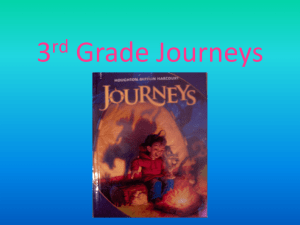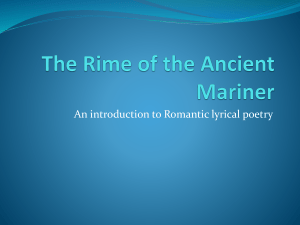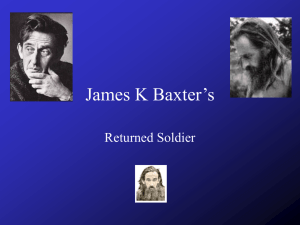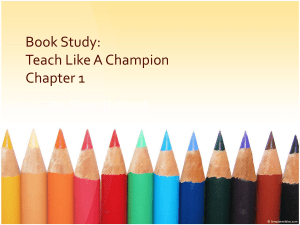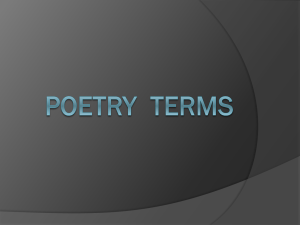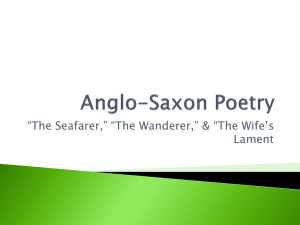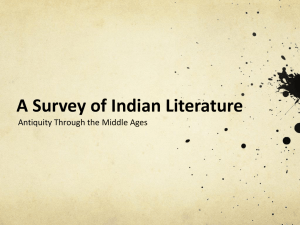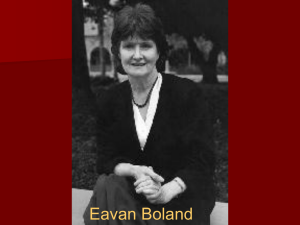The Swing - The Teacher Think Tank
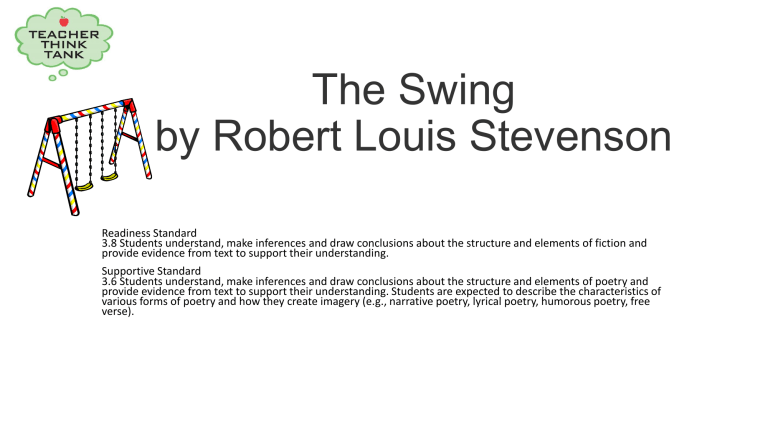
The Swing by Robert Louis Stevenson
Readiness Standard
3.8 Students understand, make inferences and draw conclusions about the structure and elements of fiction and provide evidence from text to support their understanding.
Supportive Standard
3.6 Students understand, make inferences and draw conclusions about the structure and elements of poetry and provide evidence from text to support their understanding. Students are expected to describe the characteristics of various forms of poetry and how they create imagery (e.g., narrative poetry, lyrical poetry, humorous poetry, free verse).
The Swing by Robert Louis Stevenson
How do you like to go up in a swing,
Up in the air so blue?
Oh, I do think it the pleasantest thing
Ever a child can do!
Up in the air and over the wall,
Till I can see so wide,
River and trees and cattle and all
Over the countryside--
Till I look down on the garden green,
Down on the roof so brown--
Up in the air I go flying again,
Up in the air and down!
The Swing by Robert Louis Stevenson
How do you like to go up in a swing,
Up in the air so blue?
Oh, I do think it the pleasantest thing
Ever a child can do!
5 Up in the air and over the wall,
Till I can see so wide,
River and trees and cattle and all
Over the countryside--
Till I look down on the garden green,
10 Down on the roof so brown--
Up in the air I go flying again,
Up in the air and down!
• 3.6A describe the characteristics of various forms of poetry and how they create imagery (e.g., narrative poetry, lyrical poetry, humorous poetry, free verse)
This poem is an example of a lyrical poem because
• A) it tells a story
• B) has a funny ending
• C) it rhymes
• D) it describes feelings
The Swing by Robert Louis Stevenson
How do you like to go up in a swing,
Up in the air so blue?
Oh, I do think it the pleasantest thing
Ever a child can do!
5 Up in the air and over the wall,
Till I can see so wide,
River and trees and cattle and all
Over the countryside--
Till I look down on the garden green,
10 Down on the roof so brown--
Up in the air I go flying again,
Up in the air and down!
• 3.6A describe the characteristics of various forms of poetry and how they create imagery (e.g., narrative poetry, lyrical poetry, humorous poetry, free verse)
Which lines rhyme
• A) line 5 and 6
• B) lines 5 and 7
• C) lines 9 and 10
• D) lines 9 and 12
The Swing by Robert Louis Stevenson
How do you like to go up in a swing,
Up in the air so blue?
Oh, I do think it the pleasantest thing
Ever a child can do!
5 Up in the air and over the wall,
Till I can see so wide,
River and trees and cattle and all
Over the countryside--
Till I look down on the garden green,
10 Down on the roof so brown--
Up in the air I go flying again,
Up in the air and down!
• 3.2B ask relevant questions, seek clarification, and locate facts and details about stories and other texts and support answers with evidence from text
What is the speaker talking about in this poem?
• A) the speaker talks about swinging
• B) the speaker describes what he sees, feels, and does when he swings
• C) the speaker says he does not like swinging
• D) the speaker talks about gardens
The Swing by Robert Louis Stevenson
How do you like to go up in a swing,
Up in the air so blue?
Oh, I do think it the pleasantest thing
Ever a child can do!
5 Up in the air and over the wall,
Till I can see so wide,
River and trees and cattle and all
Over the countryside--
Till I look down on the garden green,
10 Down on the roof so brown--
Up in the air I go flying again,
Up in the air and down!
• 3.4B use context to determine the relevant meaning of unfamiliar words or distinguish among multiple meaning words and homograph
In line 3 the word pleasantest means
• A) pretty
• B) fun
• C) comfortable
• D) happy
The Swing by Robert Louis Stevenson
How do you like to go up in a swing,
Up in the air so blue?
Oh, I do think it the pleasantest thing
Ever a child can do!
5 Up in the air and over the wall,
Till I can see so wide,
River and trees and cattle and all
Over the countryside--
Till I look down on the garden green,
10 Down on the roof so brown--
Up in the air I go flying again,
Up in the air and down!
• 3.6 understand, make inferences and draw conclusions about the structure and elements of poetry and provide evidence from text to support their understanding. Students are expected to describe the characteristics of various forms of poetry and how they create imagery (e.g., narrative poetry, lyrical poetry, humorous poetry, free verse). Fig. 19D make inferences about text and use textual evidence to support understanding
Read these lines from the poem
• Up in the air and over the wall,
Till I can see so wide,
River and trees and cattle and all
Over the countryside—
The speaker uses these lines mainly to describe
• A) how to swing
• B) how to go over the wall
• C) what he can see when he swings
• D) how he feels when he swings
The Swing by Robert Louis Stevenson
How do you like to go up in a swing,
Up in the air so blue?
Oh, I do think it the pleasantest thing
Ever a child can do!
5 Up in the air and over the wall,
Till I can see so wide,
River and trees and cattle and all
Over the countryside--
Till I look down on the garden green,
10 Down on the roof so brown--
Up in the air I go flying again,
Up in the air and down!
• 3.6 understand, make inferences and draw conclusions about the structure and elements of poetry and provide evidence from text to support their understanding. Students are expected to describe the characteristics of various forms of poetry and how they create imagery (e.g., narrative poetry, lyrical poetry, humorous poetry, free verse). Fig. 19D make inferences about text and use textual evidence to support understanding
By the end of the poem the reader realizes that the speaker
• A) can see rivers and trees
• B) can swing up and down
• C) is a child who thinks swinging is fun
• D) is a child who does not like to swing
